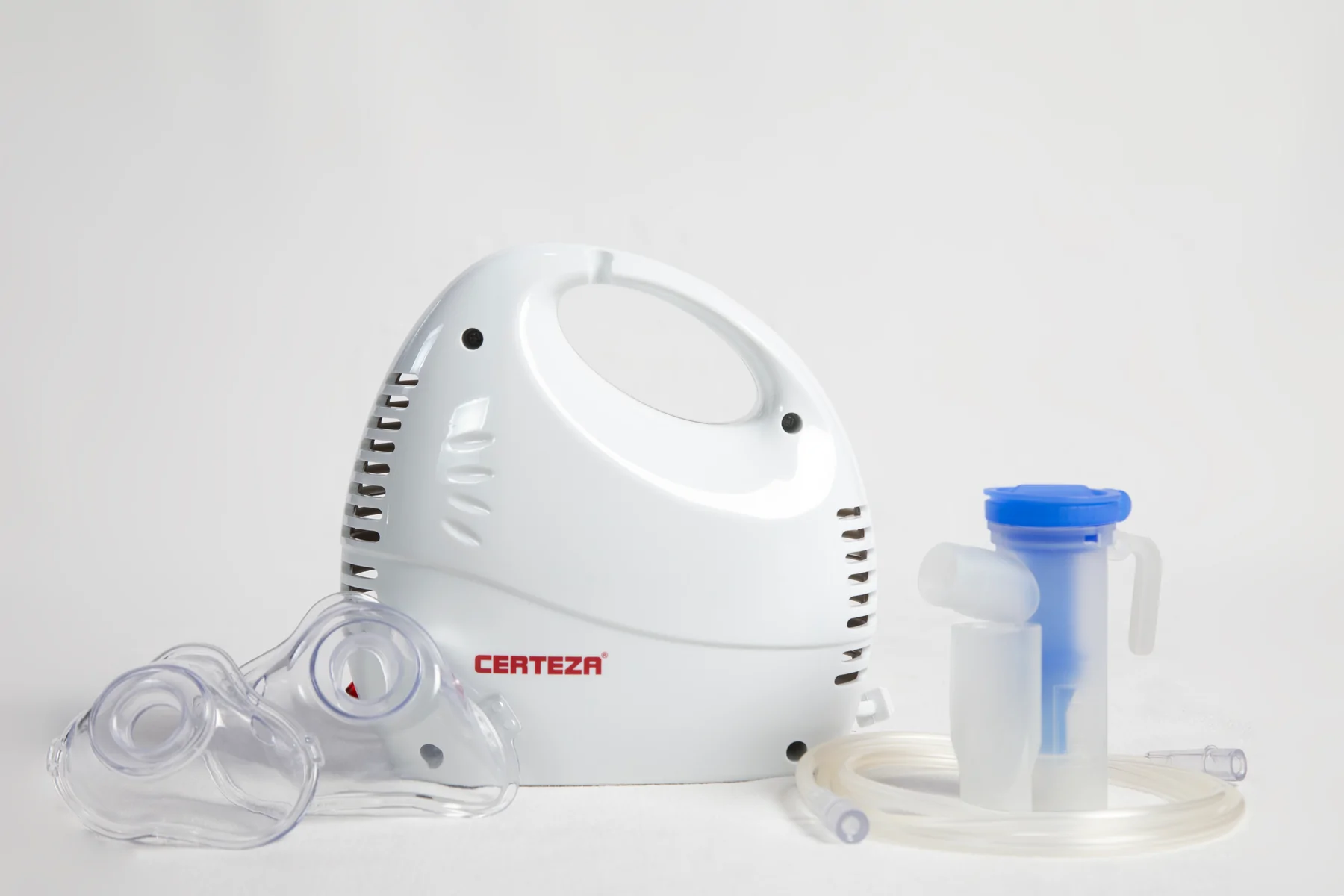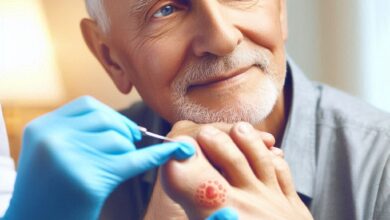Difference Between a Portable Oxygen Concentrator and a Nebulizer?
Nebulizer machine price in Pakistan
Understanding the tools available for managing various lung conditions is essential in respiratory care. Two commonly used devices are the portable oxygen concentrator and the nebulizer. Although both aid individuals with breathing difficulties, they function in markedly different ways and are used for distinct purposes. This article delves into the differences between portable oxygen concentrators and nebulizers, providing clear insights into their functionalities, uses, and benefits.
Introduction to Respiratory Care Devices
Respiratory care devices are crucial for individuals who suffer from chronic respiratory conditions such as chronic obstructive pulmonary disease (COPD), asthma, and other lung diseases. These devices help patients manage their conditions, improve their quality of life, and, sometimes, maintain their independence. Among these devices, portable oxygen concentrators and nebulizers are prominent due to their specific roles in respiratory therapy.
What is a Portable Oxygen Concentrator?
A portable oxygen concentrator (POC) is a medical device that provides supplemental oxygen to individuals with respiratory disorders; unlike traditional oxygen tanks, which store a finite amount of oxygen, a POC extracts and concentrates oxygen from the surrounding air. It makes it a continuous and reliable source of oxygen for patients who need long-term oxygen therapy (LTOT).
How Does a Portable Oxygen Concentrator Work?
A POC works by taking in ambient air containing approximately 21% oxygen. The device uses a series of filters and pressure swing adsorption to remove nitrogen from the air, increasing the oxygen concentration to about 90-95%. This concentrated oxygen is delivered to the patient through a nasal cannula or a mask.
Benefits of Using a Portable Oxygen Concentrator
The primary benefit of a POC is its portability. These compact and lightweight devices allow users to maintain an active lifestyle while receiving the oxygen they need. POCs also eliminate the need for heavy oxygen tanks, making travel easier and more convenient for patients. Additionally, the continuous supply of oxygen from a POC reduces the risk of running out of oxygen, which can be a concern with traditional oxygen tanks.
What is a Nebulizer?
A nebulizer is a medical device used to administer medication as a mist inhaled into the lungs. It is particularly beneficial for individuals with asthma, COPD, and other respiratory diseases, as it allows for direct medication delivery to the respiratory system.
How Does a Nebulizer Work?
Using a compressor or ultrasonic technology, a nebulizer works by converting liquid medication into a fine mist. The patient inhales this mist through a mouthpiece or mask, allowing the medication to be absorbed quickly and efficiently by the lungs. This method of drug delivery is especially useful for those who struggle with using inhalers or require high doses of medication.
Benefits of Using a Nebulizer
The main advantage of using a nebulizer is its ability to deliver medication directly to the lungs, providing rapid relief from respiratory symptoms. Nebulizers are also easy to use, making them suitable for children, elderly patients, and those with severe respiratory conditions who may have difficulty using inhalers. Furthermore, nebulizers can administer various medications, including bronchodilators, corticosteroids, and antibiotics, making them versatile tools in respiratory therapy.
Key Differences Between a Portable Oxygen Concentrator and a Nebulizer
Purpose
The primary difference between a POC and a nebulizer lies in their purpose. A POC is designed to provide supplemental oxygen to individuals with low blood oxygen levels, whereas a nebulizer is used to administer medication directly to the lungs. While both devices assist with respiratory conditions, they address different aspects of respiratory care.
Functionality
A POC extracts and concentrates oxygen from the surrounding air, delivering it to the patient continuously. In contrast, a nebulizer converts liquid medication into a mist for inhalation. The POC focuses on oxygen delivery, while the nebulizer focuses on medication delivery.
Portability
Both devices are portable, but POCs are specifically designed for mobility. They are typically more compact and lightweight than nebulizers, which can vary in size depending on the type (e.g., tabletop vs. handheld). POCs are ideal for active patients who need oxygen therapy on the go, while nebulizers, especially larger models, are often used at home or in clinical settings.

Usage
POCs are generally used continuously throughout the day and night, providing a steady oxygen supply as needed. Nebulizers, on the other hand, are used periodically, usually for a few minutes at a time, to deliver specific doses of medication. This difference in usage reflects the distinct purposes of the two devices.
Cost and Maintenance
The cost and maintenance requirements of POCs and nebulizers also differ. POCs are more expensive than nebulizers due to their advanced technology and the continuous supply of oxygen they provide. They also require regular maintenance to ensure optimal performance. Nebulizers are typically less expensive and easier to maintain, with the primary upkeep involving cleaning the device and replacing parts like filters and nebulizer cups.
When to Use a Portable Oxygen Concentrator
POCs are recommended for individuals with conditions that cause chronic low blood oxygen levels, such as COPD, pulmonary fibrosis, and severe asthma. These devices are particularly beneficial for patients who require long-term oxygen therapy and wish to maintain an active lifestyle. POCs are also useful for travel, allowing patients to move freely without worrying about running out of oxygen.
When to Use a Nebulizer
Nebulizers are ideal for patients who need to take inhaled medications, especially those who have difficulty using inhalers. They are commonly prescribed for individuals with asthma, COPD, bronchitis, and other respiratory infections. Nebulizers are also useful in delivering high doses of medication quickly during acute respiratory attacks.
Conclusion
Understanding the differences between portable oxygen concentrators and nebulizer machine price in Pakistan is crucial for individuals managing respiratory conditions. While both devices play vital roles in respiratory care, they serve distinct purposes and offer different benefits. Portable oxygen concentrators provide continuous supplemental oxygen, enhancing mobility and independence for patients requiring long-term oxygen therapy. Nebulizers, on the other hand, deliver medication directly to the lungs, providing rapid relief from respiratory symptoms and accommodating a variety of drugs.



